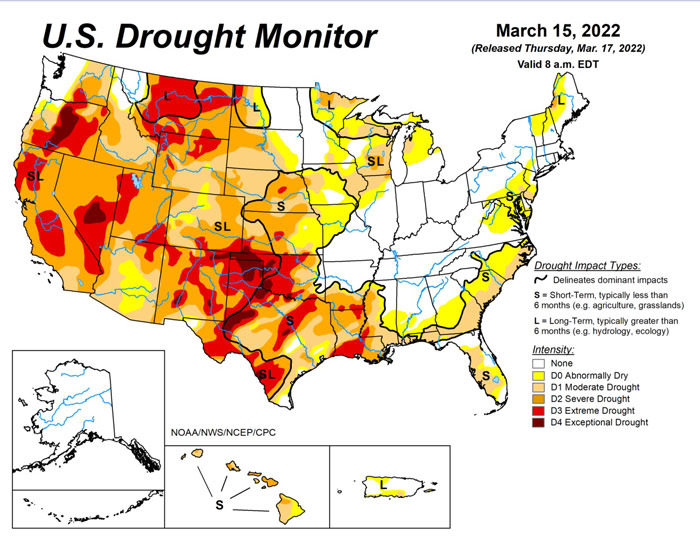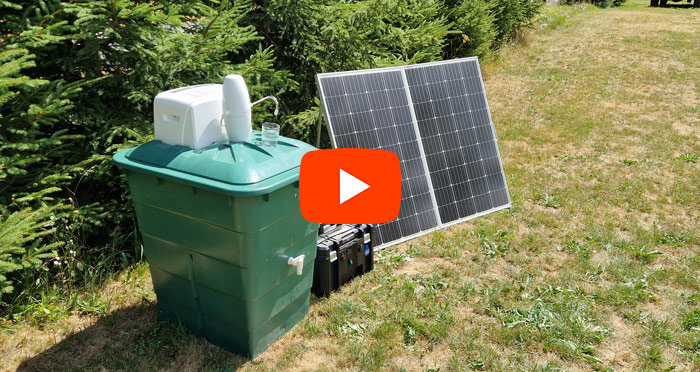
550,000 Homeless People Graphic © inspirationpowerboost.com
A Stark Contrast: The Disparity Between Homelessness and Vacant Homes
Across the United States, a troubling dichotomy exists between the number of individuals experiencing homelessness and the abundance of vacant homes. This glaring contrast highlights a profound issue that demands our attention and action.
According to recent statistics, approximately 550,000 people find themselves without a roof over their heads, forced to navigate the challenges of homelessness on a daily basis. These individuals, from all walks of life, are left to seek shelter in temporary accommodations, on the streets, or in overcrowded facilities. The hardships they face are immense, ranging from lack of access to basic necessities to the constant uncertainty of where they will lay their heads each night.
Simultaneously, an astonishing 18.9 million homes remain vacant across the country. These empty dwellings, whether due to market fluctuations, speculative investments, or other factors, stand as silent witnesses to the stark inequality that permeates our society. The sheer magnitude of this number is a sobering reminder of the resources we possess as a nation and the potential we have to make a significant difference in the lives of those most vulnerable.
The juxtaposition of these two figures raises profound questions about our priorities, our values, and our commitment to ensuring the well-being of all members of our society. It challenges us to confront the systemic issues that contribute to homelessness and to explore innovative solutions that bridge the gap between those without homes and the abundant vacant properties.
Addressing this disparity requires a multi-faceted approach that involves collaboration among government agencies, non-profit organizations, and community members. It calls for a reevaluation of housing policies, incentives for affordable housing development, and initiatives that prioritize the needs of those experiencing homelessness. By leveraging vacant properties and repurposing them into safe, stable, and affordable housing options, we can begin to make strides towards alleviating the suffering of those without a place to call home.
This issue extends beyond the realm of housing alone. It encompasses the need for comprehensive support services, including access to healthcare, education, employment opportunities, and mental health resources. By providing individuals experiencing homelessness with the tools and support they need to regain stability and self-sufficiency, we can break the cycle of poverty and create a more equitable and compassionate society.
The stark contrast between the number of homeless individuals and the abundance of vacant homes serves as a powerful reminder of the work that lies ahead. It is a call to action, urging us to confront this disparity head-on and to dedicate ourselves to finding solutions that ensure everyone has access to the fundamental human right of safe and affordable housing. By working together, we can bridge the gap, restore dignity, and create a world where no one is left without a place to call home.
The Role of Community Engagement in Addressing Homelessness
As we grapple with the stark contrast between homelessness and vacant homes, it is crucial to recognize the vital role that community engagement plays in finding sustainable solutions. Addressing this complex issue requires a collective effort, one that mobilizes individuals, organizations, and communities to take action and make a tangible difference.
Community engagement begins with fostering a deeper understanding of the root causes of homelessness and the unique challenges faced by those experiencing it. Through education and awareness campaigns, we can break down stereotypes, dispel myths, and cultivate a sense of empathy and compassion. By sharing the stories and experiences of those who have been impacted by homelessness, we can humanize the issue and inspire others to get involved.
One powerful avenue for community engagement is through volunteering and direct service. By dedicating time and resources to local homeless shelters, food banks, and outreach programs, individuals can make an immediate impact on the lives of those in need. Whether it’s serving meals, distributing essential supplies, or providing mentorship and support, every act of kindness and generosity can make a difference.
Moreover, community engagement extends to advocacy and policy change. By mobilizing grassroots efforts and building coalitions, communities can push for meaningful reforms that address the systemic issues contributing to homelessness. This can include advocating for increased funding for affordable housing initiatives, supporting policies that prevent evictions and promote housing stability, and championing programs that provide comprehensive support services to individuals experiencing homelessness.
Another crucial aspect of community engagement is fostering partnerships and collaborations among diverse stakeholders. By bringing together non-profit organizations, faith-based groups, businesses, and government agencies, we can pool resources, expertise, and ideas to develop innovative solutions. These partnerships can lead to the creation of transformative programs, such as housing-first initiatives, job training and employment opportunities, and integrated healthcare services.
Community engagement also means recognizing and supporting the leadership and agency of individuals who have experienced homelessness themselves. By amplifying their voices and involving them in decision-making processes, we can ensure that the solutions we develop are grounded in the realities and needs of those most directly impacted. This inclusive approach not only promotes empowerment but also leads to more effective and sustainable outcomes.
Ultimately, the power of community engagement lies in its ability to mobilize collective action and inspire change. By coming together, sharing resources, and working towards a common goal, we can create a ripple effect that extends far beyond any individual effort. It is through this united front that we can begin to bridge the gap between homelessness and vacant homes, and work towards a future where everyone has a safe and stable place to call home.
As we move forward, let us embrace the spirit of community engagement and recognize the vital role that each and every one of us plays in addressing this pressing issue. Together, we have the power to transform lives, strengthen communities, and build a more just and compassionate society for all.
Related Inspirational Quotes
“The test of our progress is not whether we add more to the abundance of those who have much; it is whether we provide enough for those who have too little.” – Franklin D. Roosevelt
“Poverty is the worst form of violence.” – Mahatma Gandhi
“The world is a dangerous place, not because of those who do evil, but because of those who look on and do nothing.” – Albert Einstein
“The opposite of poverty is not wealth; the opposite of poverty is justice.” – Bryan Stevenson
“A nation’s greatness is measured by how it treats its weakest members.” – Anon.
😳 What Tinnitus Does To Your Brain Cells (And How To Stop It)
After 47 years of studies and countless brain scans done on more than 2,400 tinnitus patients, scientists at the MIT Institute found that in a shocking 96% of cases, tinnitus was actually shrinking their brain cells.
As it turns out, tinnitus and brain health are strongly linked.
Even more interesting: The reason why top army officials are not deaf after decades of hearing machine guns, bombs going off and helicopter noises…
Is because they are using something called "the wire method", a simple protocol inspired by a classified surgery on deaf people from the 1950s...
This Crazy Off Grid Device Literally Makes Drinkable Water From Fresh Air:
According to NASA, the U.S. is expecting a 100-YEAR LONG MEGADROUGHT.
It's already begun. Ask the farmers in California. They know.
Every survivalist knows that water is of critical importance. You NEED an independent water source that you can count on!
As an interesting "survival rehearsal" - imagine that you turned the tap on right now and nothing came out. How long would you last?
But what if there was another water source literally hidden in plain sight? That's right, I'm talking about the atmosphere!
The amazing thing about getting water from the natural moisture in the air... is that it is ALWAYS available.
This gives you real water security!
Learn more about how to tap into "Nature's secret water reservoir" and stay hydrated when TSHTF!
Watch the video:
Most People Don't Have The Guts To Try This:
An amazing discovery in an abandoned house in Austin, Texas: A lost book of amazing survival knowledge, believed to have been long vanished to history, has been found in a dusty drawer in the house which belonged to a guy named Claude Davis.
Remember... back in those days, there was no electricity... no refrigerators... no law enforcement... and certainly no grocery store or supermarkets... Some of these exceptional skills are hundreds of years of old and they were learned the hard way by the early pioneers.
>> Click here to find out about them now
We've lost to history so much survival knowledge that we've become clueless compared to what our great grandfathers did or built on a daily basis to sustain their families.
Neighbors said that for the last couple of years Claude has tried to unearth and learn the forgotten ways of our great-grandparents and claimed to have found a secret of gargantuan proportions. A secret that he is about to reveal together with 3 old teachings that will change everything you think you know about preparedness:






